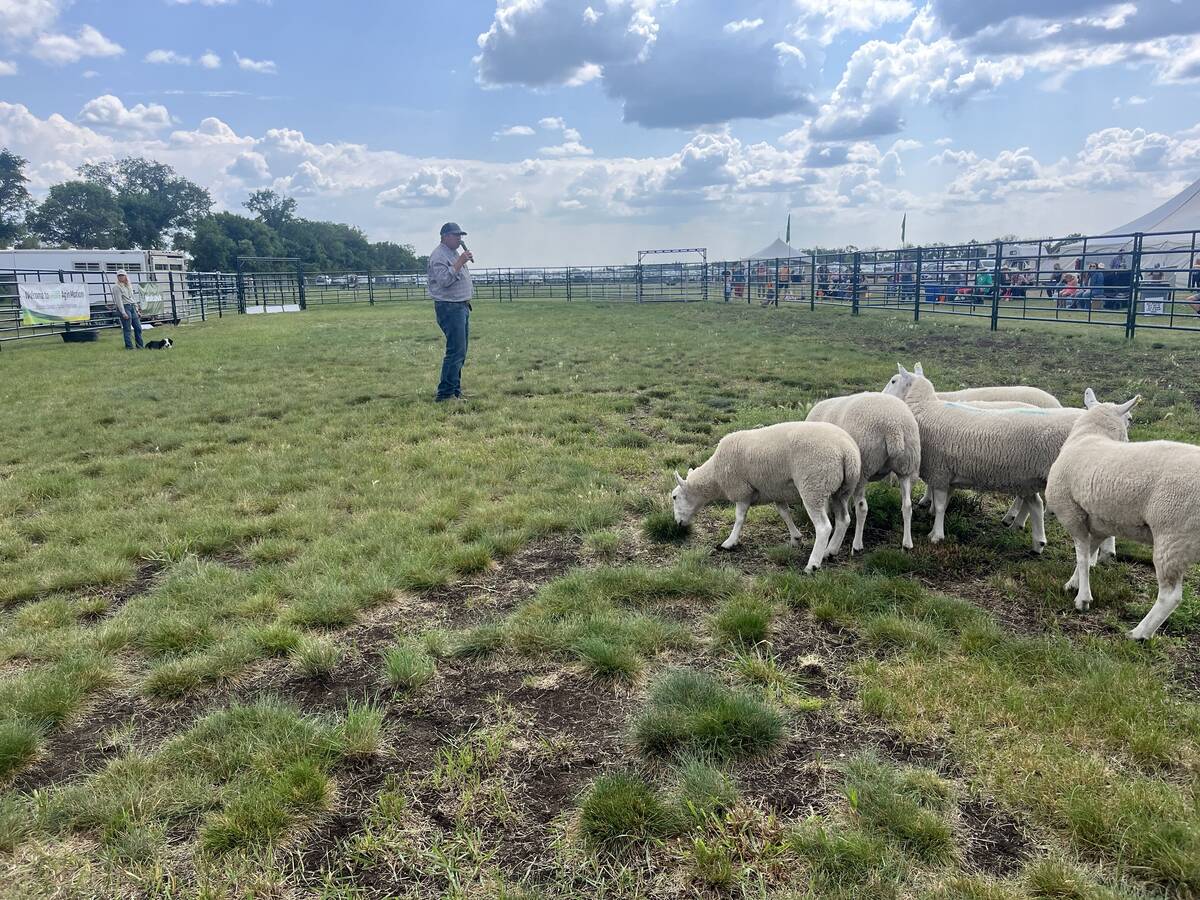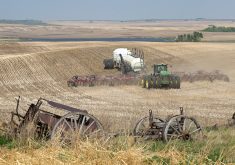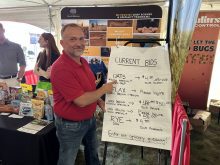Winnipeg (CNS Canada) – The majority of Saskatchewan crops are in good condition after many areas of the province received rains, according to the Saskatchewan Ministry of Agriculture’s crop report for the week ended June 25.
Seventy-six per cent of the oilseed crops and fall and spring cereals are at their normal stage of development for this time of year, while 80 percent of pulses are at the normal stage of development. Sixty-five per cent of spring wheat, 57 percent of canola, 47 percent of lentils and 54 percents of peas are in good condition.
Read Also

Stock dogs show off herding skills at Ag in Motion
Stock dogs draw a crowd at Ag in Motion. Border collies and other herding breeds are well known for the work they do on the farm.
Rain amounts across Saskatchewan varied over the week. In the parched southwest, the rain helped to replenish top soil moisture. The Vanguard area, in the southwest, received 80 mm of rain, while to the southwest of Vanguard, in Shaunavon, they received 49 mm.
In the southeastern portion of the province, along the Trans-Canada Highway, Broadview received 56 mm. In the northeast, Tisdale received 32 mm, and Humboldt, east of Saskatoon, received 38 mm.
Provincially, topsoil cropland moisture conditions are rated at two per cent surplus, 64 percent adequate, 30 percent short and four per cent very short. Hay land and pasture are rated at 55 percent adequate, 35 percent short and 10 percent very short. Even after the rain, moisture conditions in the southwest are still a concern.
Haying has begun across the province. Five per cent of Saskatchewan’s hay crop has been cut and two per cent has been baled or put into silage.
Crop, hay and pastures are being affected by the dry conditions, particularly in the southwest and west-central regions. Hay yields are expected to be lower than average, while pastures are expected to have significantly reduced carrying capacity.

















